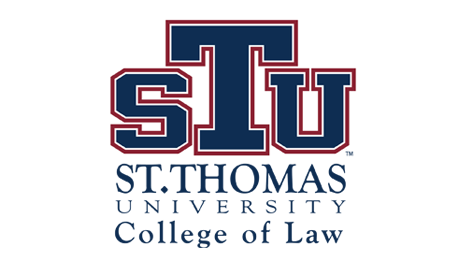St. Thomas Law Review
First Page
979
Document Type
Article
Abstract
The purpose of this article is to explore the legal system's philosophical assumptions about science and examine whether scientific evidence has been handled adequately by the federal courts. This article does not intend to offer a comprehensive philosophy of science. Rather, it discusses specific issues that have been raised by courts when they have tried to evaluate scientific expert testimony. Scientific testimony tends to pose an especially difficult challenge for the court system, because it can be deeply inaccessible to lay judges and juries. To complicate matters further, the courts have raised several issues they probably are unable to resolve, including: (1) whether the philosophy of Karl Popper' is suitable to the task of evaluating scientific claims (as the Supreme Court's ruling in Dauber? suggests); (2) whether there are differences between scientific and nonscientific expertise; and (3) whether a "scientific method" exists. Many of the legal system's assumptions about science are incomplete or erroneous, and this has at times impeded courts from evaluating scientific evidence adequately. To begin with, the difficulty of demarcating and defining science is a problem that has not only troubled academics, but has also found its way into the legal system. Following the Daubert decision, many courts believed they had been charged with determining whether the expertise on which they were ruling was "scientific" expertise. Yet, the philosophy of science expressed in Daubert (adapted from the views of Popper and Hempel)' is confused, and the Supreme Court's attempt to demarcate science from nonscience was misguided. There is no clear dividing-line between science and nonscience, and even if there was, this distinction probably is not important for legal purposes (thankfully, the import of this distinction diminished following the Kumnho4 decision). The Daubert Court also seemed to have taken for granted that the "scientific method" exists and that judges can successfully identify it. Yet, it is unclear what this method is and what it allegedly accomplishes when used. Moreover, the methodology/conclusion distinction (a distinction which was subsequently repudiated in the Joiner, majority opinion) on which Daubert relies is problematic.
Recommended Citation
Jason Borenstein,
Science, Philosophy, and the Courts,
13
St. Thomas L. Rev.
979
(2001).
Available at:
https://scholarship.stu.edu/stlr/vol13/iss4/17

